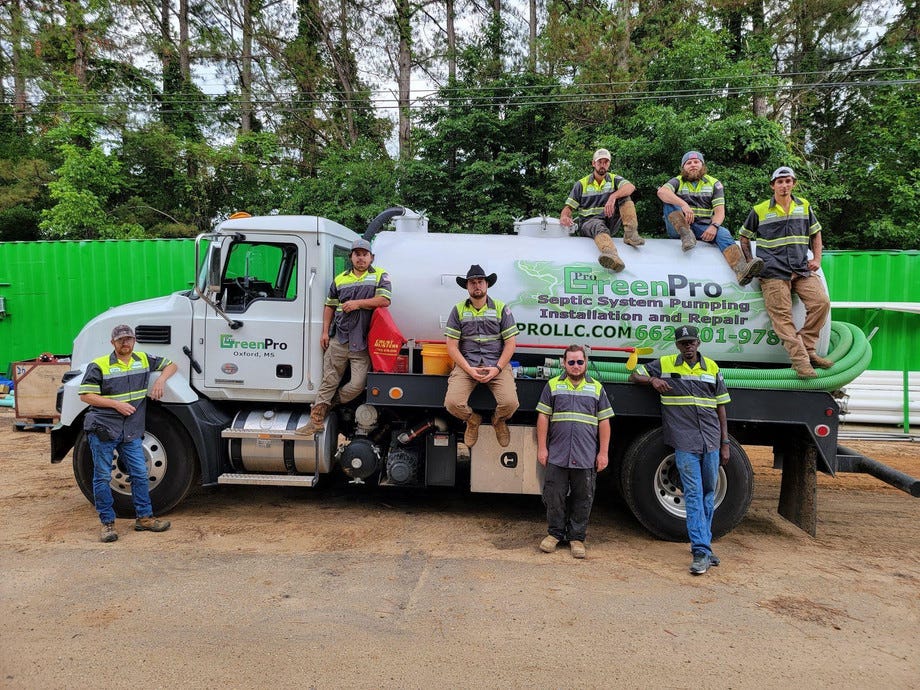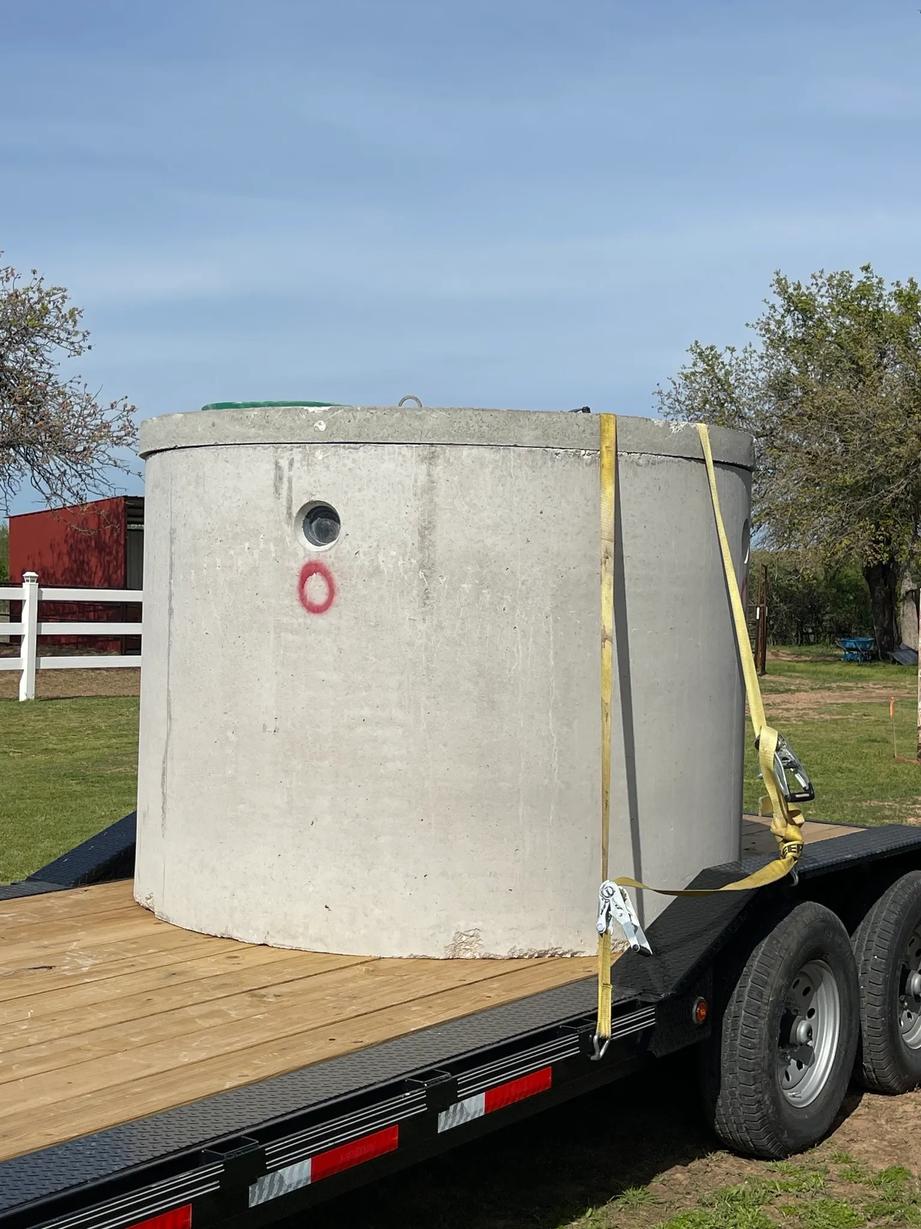Some Known Questions About Stillwell Septic And Grading.
Table of ContentsThe Stillwell Septic And Grading DiariesSome Known Factual Statements About Stillwell Septic And Grading All about Stillwell Septic And GradingThe Definitive Guide for Stillwell Septic And GradingThings about Stillwell Septic And GradingThe Main Principles Of Stillwell Septic And Grading Getting My Stillwell Septic And Grading To Work
Generally, sewage-disposal tank setup is an intricate procedure that requires cautious preparation and implementation. Home owners need to function with a trustworthy setup group and understand regional regulations and requirements to guarantee that their septic system functions effectively for many years to come. After the septic tank has actually been set up and linked to the drain area, it is time to backfill the area.The backfill product ought to be without clods, large rocks, icy matter, and particles that can cause voids in the backfill that might allow resolving gradually. Crushed rock or pea gravel 1/2-inch in diameter is chosen if native products are not ideal. As soon as the backfilling is total, it is time to landscape the area.
When the septic system has actually been set up, it is critical to test it to guarantee that it is functioning properly (Septic Service, Maintenance and Installation). https://stillwellsag.start.page. Testing the system involves looking for leaks, guaranteeing that the container is at the proper level, and taking a look at the drain field. Among one of the most usual examinations done is the hydraulic lots examination
Little Known Questions About Stillwell Septic And Grading.
The water is then monitored to ensure that it flows correctly with the pipes and into the drainpipe area. If the water does not stream correctly or backs up into the storage tank, it might indicate a problem with the system. Another test that is typically executed is the dye test.
The color is after that monitored to make sure that it flows correctly with the pipelines and into the drain area. If the dye does not stream appropriately or appears in the incorrect location, it might indicate a problem with the system. It is important to have a professional do these tests to make certain that they are done appropriately.

Stillwell Septic And Grading Things To Know Before You Get This
Below are some vital ideas for homeowners to preserve their septic system: The average home septic system ought to be checked a minimum of every 3 years by a septic service professional. The frequency of pumping depends on the dimension of the container and the variety of people using it. https://issuu.com/stillwellsag. A general general rule is to pump the storage tank every three to five years
Making use of pop over to these guys water-efficient components and devices, such as low-flow showerheads and commodes, can minimize water usage and assist the septic system work extra successfully. Just flush toilet tissue and human waste down the bathroom. Prevent flushing anything else, consisting of womanly hygiene products, infant wipes, and cooking grease, as they can obstruct the system.
Little Known Facts About Stillwell Septic And Grading.
Septic system setup is a complex procedure that requires cautious planning and execution. House owners have to understand the needed steps entailed in the installment procedure to make certain that their septic system operates appropriately and effectively. The initial step is to assess the website where the septic system will certainly be installed.
When the site has actually been evaluated, the following step is to prepare for the installation. Home owners need to make certain that their professional is experienced in septic tank installation and will work alongside them throughout the procedure.
Some Ideas on Stillwell Septic And Grading You Need To Know

Homeowners have to know the required actions included in the setup process to make certain that their septic system operates appropriately and efficiently. By complying with these actions and preserving their system, homeowners can feel confident that their septic tank will certainly provide trusted wastewater treatment for years to find.
Virtually one in five U.S. homes have septic tanks. Yours might be among them. If you're not appropriately maintaining your septic tank, you're not only hurting the setting, you're putting your household's wellness at riskand may be purging thousands of bucks down the drain! Do Your Part, Be SepticSmart: The Do's and Do n'ts of Your Septic System.
A Biased View of Stillwell Septic And Grading

All that extra water can really stress your septic tank. Surprise using water-generating devices. This can be helpful specifically if your system has actually not been pumped in a lengthy time. Come to be much more water efficient by fixing pipes leaks and take into consideration setting up bathroom and cooking area faucet aerators and water-efficient items.
The 20-Second Trick For Stillwell Septic And Grading
Know your system's area. When you have the tank pumped, draw a layout or map showing its place in relationship to repaired factors - edges of the house, actions, or fencing messages. Ask the pumper to aid you locate the drainfield. Note its place on your layout, in addition to the location of your drinking water well.
Minimize the amount of wastewater that should be treated and disposed of by your system: Clean no more than one or two loads of clothing daily. Up to 53 gallons of water flooding your septic system with each tons, so it's best to spread laundry out over the week.